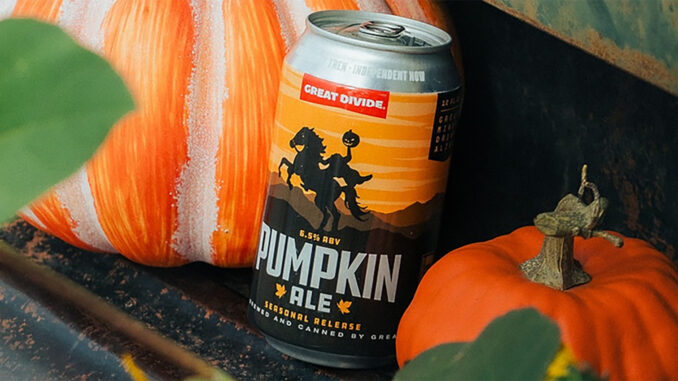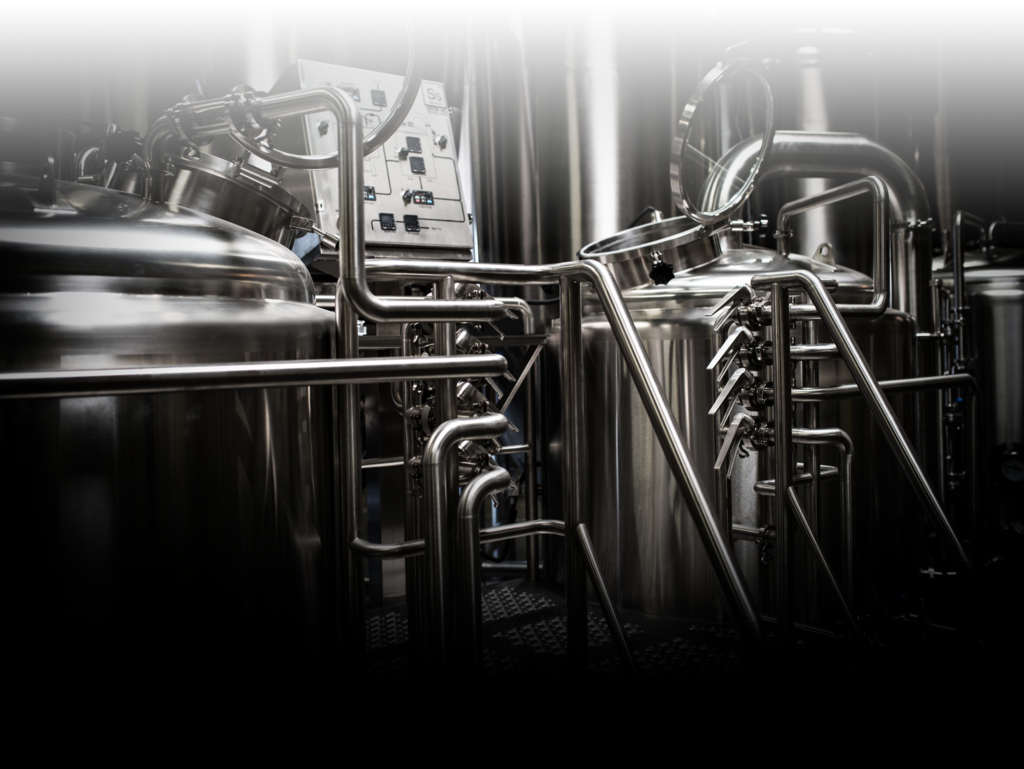
Pumpkin ales can be among the most polarizing seasonal beers in the craft beer industry. It’s either beloved or begrudged, but it’s always tricky for brewers to perfect. For Great Divide’s Patrick Combs, the style’s success depends on one simple but elusive factor: balance.
A great pumpkin ale, he said in a recent Brewer Mag Podcast, “isn’t about any single element dominating. It’s how the malt, the spice, even the yeast and hops come together to create that complete experience. The one that makes people say, ‘Yeah, that’s what I was looking for.’”
That balance begins long before the beer hits the tap. The spice blend, often a mix of cinnamon, ginger, nutmeg, and clove, can easily swing out of control.
“Once you put the spices in, you can’t take them out,” Combs said. “You taste the wort, it’s perfect, but after fermentation, you’ve blown off aromatics and suddenly it’s half as spicy as you thought it would be.”
Brewers have to walk a narrow line: too little spice and the beer feels flat; too much, and it tastes like “Christmas potpourri.”
Great Divide’s seasonal release, simply called Pumpkin Ale, aims for what Combs calls “pumpkin pie graham cracker,” by being toasty, roasty, and comforting without veering into dessert territory.
“It’s not really pumpkin pie in a glass,” he said. “It’s a little more restrained than that.”
Built on a Brown Ale base, the beer delivers richness and silky mouthfeel while staying surprisingly drinkable, he said. At 6.5% ABV, it offers the flavor and texture consumers expect from the style without the heaviness that limits some higher-alcohol versions to being a “one and done.”
Consumers, Combs explained, often misunderstand where the flavor of pumpkin ale comes from.
“You’ll hear people say, ‘You’re just tasting the spices, the pumpkin doesn’t do anything,’” he said. “That’s up for debate. Pumpkin itself is subtle. It’s not bursting with flavor, but it adds body, mouthfeel, and a certain authenticity. When you take it out, something’s missing.”
Great Divide uses real pumpkin in the mash, and Combs believes the extra effort pays off.
“It’s a giant pain in the butt,” he admitted, “but it makes for a more complete beer.”
That authenticity matters not just to brewers, but to drinkers.
As Combs put it, “Whatever you promise on the package is what you’re required to deliver these days.” If a label says “pumpkin cheesecake,” it had better evoke cheesecake somehow, whether through vanilla, specialty malts, or other additions. Consumers want their expectations met, and that especially can happen in a category that’s as defined by nostalgia as it is by flavor.
“Most people want that ‘pumpkin pie in a glass’ experience,” he said. “They buy one or two six-packs for the season. It’s tradition.”
Still, even tradition must evolve with palate and market trends.
“There’s a spectrum,” Combs said. “Some pumpkin beers are huge, sweet, and boozy. It’s 9-10% and you’re done after one.
“Others are light, sessionable, and can fit into your rotation for a while. It totally depends on the drinker.”
The brewery’s job, he said, is to communicate clearly what kind of experience they’re offering.
That’s also where malt and hops come in.
“The base matters a lot,” Combs said. “A dark beer, like a Brown Ale or Porter, gives you that malt richness that supports the spices. Too light, and it feels disjointed. We’ve tried lighter versions before, but they just don’t have the same satisfying depth.”
Hops, often overlooked in this style, play a quiet but crucial role.
“You don’t want bitterness, but you need some earthiness to keep the beer from feeling one-note,” Combs said, mentioning Great Divide’s Pumpkin Ale clocks in around 15 to 20 IBUs. “I love those old-school hops like Mount Hood for being earthy, floral, even a little cinnamon-like.
“You can’t find them much anymore, but they work beautifully in darker pumpkin beers.”
The yeast choice can make or break the beer as well.
READ MORE: Sketchbook Delves into Lighter Side of Pumpkin Beers
“You have to be careful with phenolic strains like Belgian yeasts,” Combs said. “They can react with compounds in spices — like cinnamic acid in cinnamon — and create off-flavors like plastic or solvent. You can end up with a beer that tastes like a Band-Aid.”
His advice for brewers exploring Belgian-inspired pumpkin beers: add spices post-fermentation, but sanitize carefully since spices “are incredibly dirty.”
As for the ongoing debate between using real spices and extracts, Combs leans traditional.
“I prefer real spices, whole or cracked,” he said. “Powders are fine, but they oxidize faster. Extracts can be useful if you need control or consistency, but you’ve got to be careful. They separate easily, and dosing errors can ruin a batch.”
His best advice is to start small, run bench trials, and allow time to adjust.
“It rarely takes as much as you think,” he said.
Even after decades of pumpkin beer seasons, Combs said there’s still artistry and challenge in getting it right.
“Every year is different,” he said. “Spices are agricultural products, just like malt or hops. One crop year’s cinnamon might be twice as intense as the last. You can’t just repeat last year’s recipe and expect it to hit the same.”
For any brewery, that means tasting critically at every stage, adjusting spice intensity, malt richness, and sweetness to ensure harmony.
“We brew ours in the heat of August every year,” Combs said with a laugh. “It’s 102 degrees, and we’re sweating over the kettle, thinking, ‘Why are we doing this?’ But then the first cold day hits, and you crack one open; it just fits the mood.
“That’s when you remember why balance matters.”






Be the first to comment